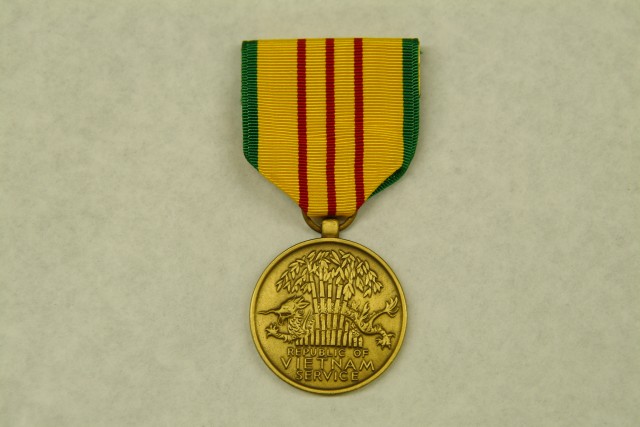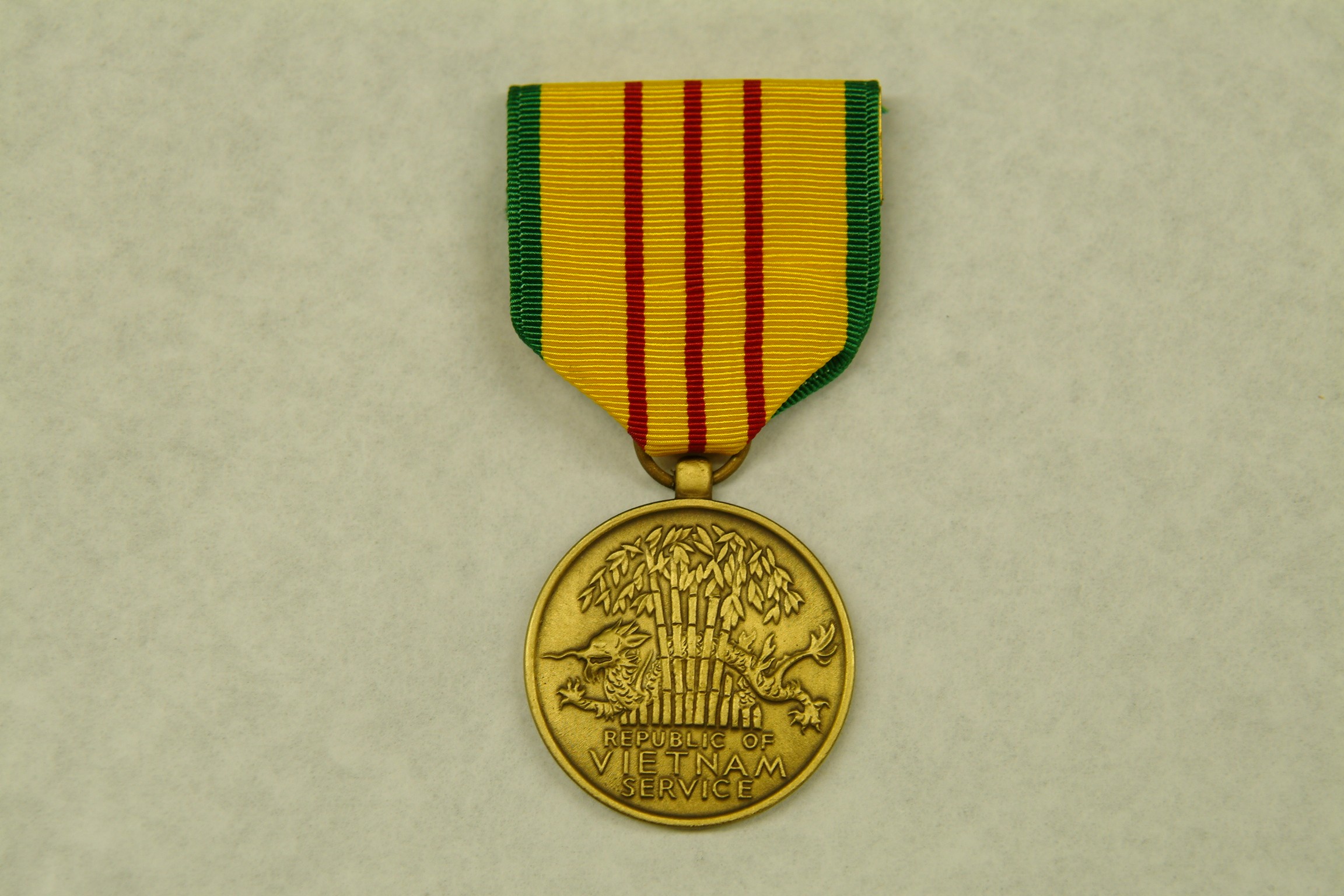
It was 44 years ago this week, November 14, 1965, that Lieutenant Colonel Hal Moore led his 450-man, 1st Battalion/7th U.S. Cavalry, 1st Cavalry Division (Airmobile) in an audacious air assault deep into enemy-controlled territory in the Ia Drang Valley of South Vietnam's Central Highlands.
Within half an hour of hitting the ground in a clearing dubbed Landing Zone (LZ) XRAY, the battle had been joined. Moore had just one company plus part of another on the ground -- he had only 16 UH-1B Huey helicopters for lift and it was a 35-minute roundtrip to the pickup point at Plei Me Special Forces Camp -- when the first battalions of a North Vietnamese division began hammering the hastily drawn American lines.
It was the first head-on collision of American and North Vietnamese regulars, and the outnumbered Americans would be fighting for their lives for four days and nights. Eventually two 7th Cavalry battalions and two 5th Cavalry battalions would be involved in the fighting at LZ XRAY and another clearing two miles away dubbed LZ ALBANY.
Three Medals of Honor were earned there -- Lt. Walter J. Marm of 1/7 Cavalry, Maj. Bruce Crandall and his wingman Capt. Ed Freeman of A Company 229th Assault Helicopter Battalion. The Americans would lose 234 killed in action and another 250 wounded. The North Vietnamese suffered over 1,200 killed. The 1st Cavalry Division (Airmobile) itself was awarded a Presidential Unit Citation for these battles and others, fought in what became known as the Pleiku Campaign.
The fighting proved the worth and survivability of the Huey helicopter and airmobile tactics in combat. North Vietnamese commanders said they learned how to fight the Americans and how to overcome U.S. firepower by developing a tactic they called "grab them by the belt-buckle." They would press on through deadly bands of American artillery and air attacks until the fighting was hand-to-hand and the odds were even.
When U.S. forces were forbidden to pursue the retreating enemy into nearby Cambodia, North Vietnam's Gen. Vo Nguyen Giap learned one more thing: He had just been handed strategic control of this war. From now on, the battles would be fought when and where he chose and would end when he decided to pull his troops back across an international border.
Despite this disadvantage, American forces throughout the ensuing eight years of the Vietnam War continued to display the bravery and heroism with which they fought the Battle of the Ia Drang Valley.
ABOUT THIS STORY: Many of the sources presented in this article are among 400,000 books, 1.7 million photos and 12.5 million manuscripts available for study through the U.S. Army Military History Institute (MHI). The artifacts shown are among nearly 50,000 items of the Army Heritage Museum (AHM) collections. MHI and AHM are part of the: Army Heritage and Education Center, 950 Soldiers Drive, Carlisle, PA, 17013-5021.
Related Links:
A Working Bibliography of MHI Sources: Vietnam War: Ia Drang Valley

Social Sharing